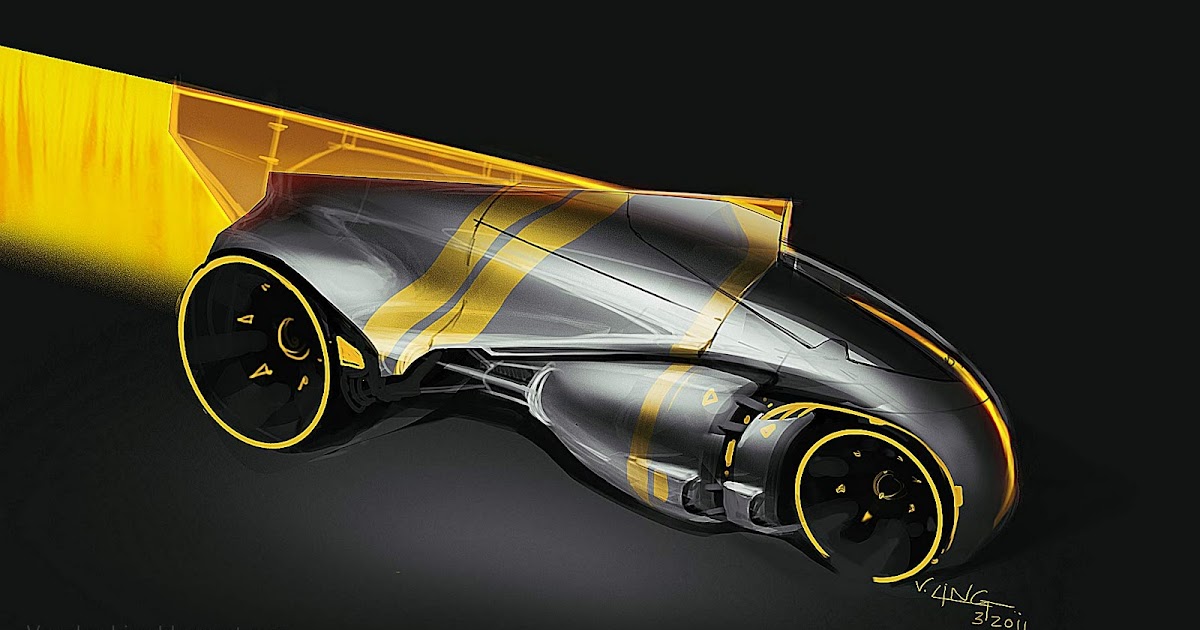
(Only the headline and picture of this report may have been reworked by the Business Standard staff the rest of the content is auto-generated from a syndicated feed.)īusiness Standard has always strived hard to provide up-to-date information and commentary on developments that are of interest to you and have wider political and economic implications for the country and the world. These potential applications include industrial automation, edge computing, time-sensitive ethernet data transmission, artificial intelligence, and even Internet of Things gateways, which bridge various communication technologies. The processor could potentially be used for commercial systems on Earth that require similar mission critical edge computing needs as space missions and are able to safely continue operations if one component of the system fails. Microchip's HPSC processor may also be useful to other government agencies and applicable to other types of future space missions to explore our solar system and beyond, from Earth science operations to Mars exploration and human lunar missions. The platform "will deliver comprehensive Ethernet networking, advanced artificial intelligence/machine learning processing and connectivity support while offering unprecedented performance gain, fault-tolerance, and security architecture at low power consumption", Samimi added.

"We are pleased that NASA selected Microchip as its partner to develop the next-generation space-qualified compute processor platform," said Babak Samimi, corporate vice president for Microchip's Communications business unit. The design also will be more reliable and have a higher fault tolerance.Īs part of NASA's ongoing commercial partnership efforts, the work will take place under a $50 million firm-fixed-price contract, with Microchip contributing significant research and development costs to complete the project. Microchip's processor architecture will significantly improve the overall computing efficiency for these missions by enabling computing power to be scalable, based on mission needs. Microchip will architect, design, and deliver the HPSC processor over three years, with the goal of employing the processor on future lunar and planetary exploration missions. "This effort will amplify existing spacecraft capabilities and enable new ones and could ultimately be used by virtually every future space mission, all benefiting from more capable flight computing," Werkheiser added.


"This cutting-edge spaceflight processor will have a tremendous impact on our future space missions and even technologies here on Earth," said Niki Werkheiser, director of technology maturation within the Space Technology Mission Directorate at NASA Headquarters in Washington, in a statement. The next-generation processor would advance all types of future space missions, from planetary exploration to lunar and Mars surface missions. NASA has selected US-based Microchip Technology to develop a high-performance space flight computing (HPSC) processor that will provide at least 100 times the computational capacity of current spaceflight computers.


 0 kommentar(er)
0 kommentar(er)
